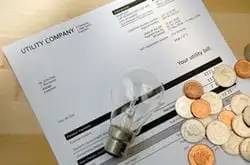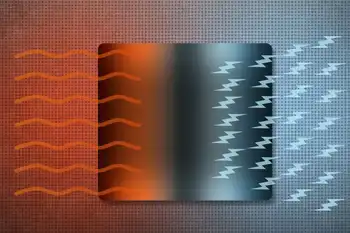Why Progress charges Florida customers more than others
Meet Progress Energy, the North Carolina company that supplies electricity to large portions of North Carolina, South Carolina and Central Florida, via its Progress Energy Florida subsidiary in St. Petersburg.
In North Carolina, Progress Energy charges residential customers $106.78 for the first 1,000 kilowatt hours.
In South Carolina, it charges residential customers $100.90 for 1,000 kwh.
And in Florida? Progress Florida customers pay $127.13 for the same amount of electricity.
Over the course of a year, that $26.23 higher price tag for 1,000 kwh adds up to Florida customers paying $314 more than South Carolina customers for the same amount of electricity.
That's a big difference in these trying economic times, especially in hard-hit Florida.
Progress Energy points out that its rates depend on a different mix of power plants and fuels — each one priced differently — used in each of its states to generate electricity. The company's Florida power plants have relied on a mix of coal, oil, natural gas, nuclear power and some alternative energies to generate electricity. The mix in Florida costs the company more than the fuel mixes in the Carolinas.
A key difference is nuclear power. Progress Energy has a lot more nukes in the Carolinas, which can generate 46 percent of the required electricity at the lowest cost compared to other fuels.
In Florida, Progress Energy has one nuclear power plant, producing 14 percent of customers' electric needs, based at its Crystal River facility in Citrus County. The company wants to build another nuke plant, consisting of two reactors, in Levy County.
The trick is, the Levy County nuclear power plants should generate lots of cost-efficient electricity — once they are up and running. But the price tag for those plants is somewhere between $17 billion and $20 billion and, no doubt, is much more likely to rise than drop in the coming years of construction and regulatory oversight.
Progress Energy Florida persuaded state legislators to let it charge Florida customers in advance to help pay for a good piece of the nuke plants, even though the plants, originally slated to open in 2016, now are expected to start operating closer to 2018.
When higher rate hikes kicked in early this year, they sparked a mini revolt. Progress Energy responded by lowering rates temporarily but also sought an increase in "base," or permanent, rates for the coming years.
The Florida Public Service Commission, the state regulator of monopoly industries such as electric utilities, will soon consider the request for higher base rates.
So how did Floridians start paying between $20 and $26 more than folks in the Carolinas for the same amount of electricity?
In 2006, the difference between what Floridians paid and those in Carolina paid was only about $11.
(For the record, Tampa Electric charges its customers $114.06 for 1,000 kwh.)
All electricity prices are rising. Some just seem to be rising faster than others.
Related News

With New Distributed Energy Rebate, Illinois Could Challenge New York in Utility Innovation
NEW YORK - How does the electric utility fit in to a rapidly-evolving energy system? That’s what the Illinois Commerce Commission is trying to determine with its new effort, "NextGrid". Together, we’re rethinking the roles of the utility, the customer, and energy solution providers in a 21st-century electric grid.
In some ways, NextGrid will follow in the footsteps of New York’s innovative Reforming the Energy Vision process, a multi-year effort to re-examine how electric utilities and customers interact. A new approach is essential to accelerating the adoption of clean energy technologies and services in the state.
Like REV, NextGrid is gaining national…




